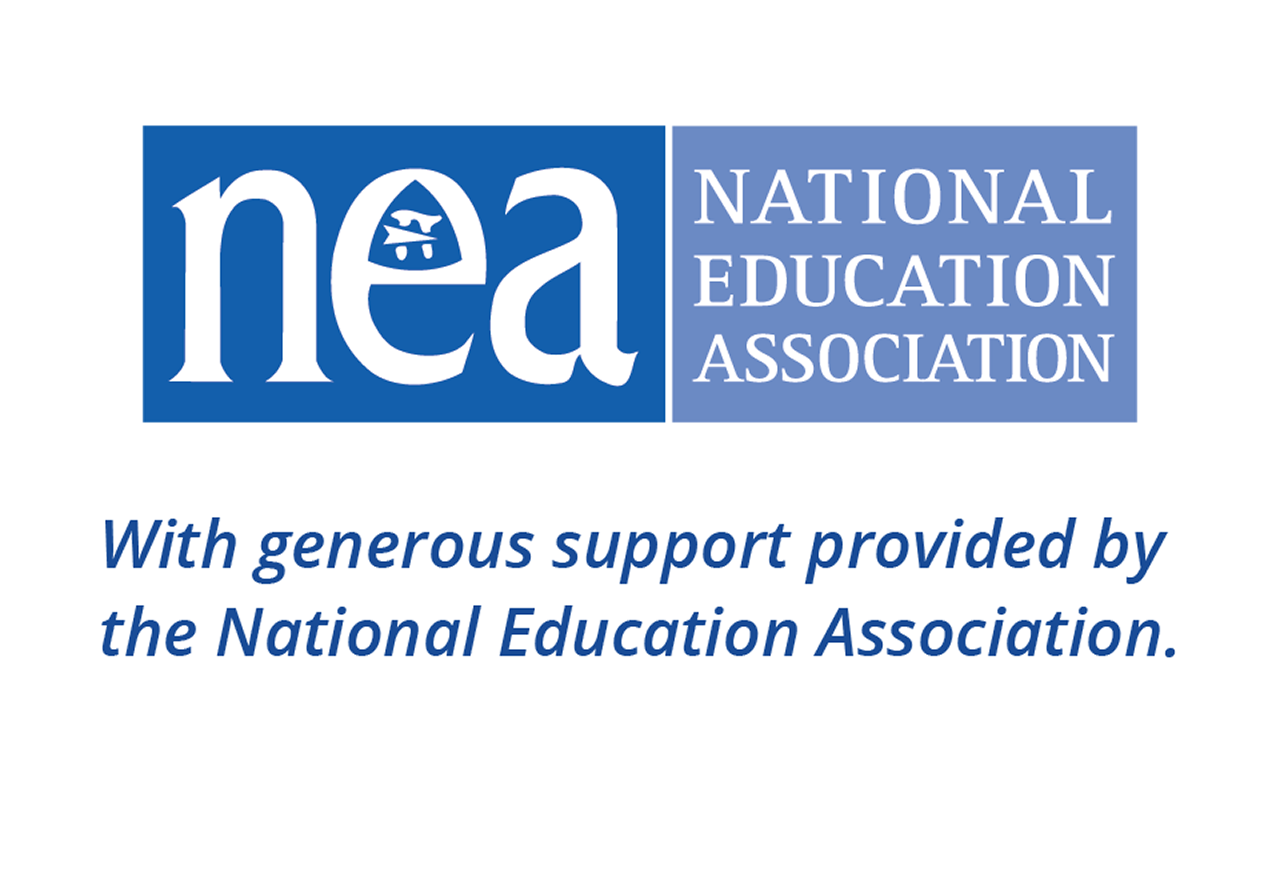Vocabulary is a key to reading comprehension and content learning. English language learners (ELLs) will benefit from direct instruction of vocabulary, and their peers can benefit from this instruction as well. Here are some ideas to help you get started, along with several links to related resources.
1. Plan ahead.
Before teaching a new lesson or unit, identify a select group of key vocabulary words you want to teach. Look for words that support students' understanding of text or new content and may appear in other content areas.
Keep the list limited to a manageable number of new words.
2. Pre-teach vocabulary.
Pre-teaching vocabulary before a lesson or reading a new text gives students a chance to get familiar with the words before encountering them in content. Introduce key vocabulary in mini lessons or small group work before starting a new lesson or reading a new text.
3. Support students' understanding of new terms.
There are different tools you can use to support students' understanding of new terms. These include:
- User-friendly definitions in English and students' languages
- Term in students' languages
- Cognates
- Sample sentence (related to content)
- Sentence frames showing how to use the word
For ideas related to specific content areas, see our ELL Tip Sheet Series in Content-Area Instruction.
4. Bring words to life.
In addition, you can use lots of strategies to bring words to life, include:
- Acting out words through role play, pantomime, gestures, and Total Physical Response
- Real objects, such as realia and manipulatives
- Visuals, including student drawings, annotated diagrams, and multimedia)
5. Make connections to students' home languages.
Make connections to students' home languages through translated terms, multilingual glossaries, or cognates (words related in two languages). For example, 30-40% of all words in English have a related word in Spanish, which can be a powerful tool for students once they learn to recognize them and use them. (This is especially important given the high number of Spanish-speaking English learners in the U.S.) Other languages share cognates with English as well, such as French, Italian, Portuguese, German, and Haitian Creole.
6. Use word study to further students' understanding of new words.
Show how words are related or connected, such as word parts (roots, prefixes, and suffixes) or thematic concepts. You can help students make those connections through:
You can find some ideas for this approach in Words Their Way with English Learners.
7. Practice, practice, practice!
Students need multiple opportunities to practice using new words across all four language domains: reading, writing, speaking, and listening. You can ask students to:
- Highlight key words in text
- Listen for the words in a read-aloud or audio recording
- Write sample sentences with the key words
- Use key words in discussion
8. Check students' comprehension.
In addition, review word meanings regularly with strategies such as:
- Comprehension Checks: These are quick, real-time checks on students' understanding such as thumbs up/thumbs down and exit tickets.
- Match, Sort, and Order: Students can match words with their definition or photo; sort words into categories; put words in alphabetical order; or put words in a correct sequence.
- Photo Gallery: Students must match words and pictures, but there are multiple options that might be correct. After matching, they must explain their match.
9. Keep words visible.
- Provide word lists that students can keep in a folder or binder.
- Post new vocabulary on a word wall, and review the words regularly.
- Use anchor charts to introduce new concepts and thematic vocabulary.
- Label drawings and pictures to help students make the connection between oral and written English. Point to these visuals to clarify meaning when using these words.
10. Teach students how to use tools that support their vocabulary.
- Teach students how to use tools such as glossaries and dictionaries, whether in print or in a digital format.
- Make sure students know where they can go to look up new word meanings, especially in online learning and assessment platforms.
11. Encourage students' curiosity about new words.
Keep students curious about new words.
- Ask students to bring new words into the classroom that they hear at home, on TV, or anywhere else and drop these words into a word wizard box. At the end of class, pull out a word and ask who wrote it. Have students tell you where they heard the words and how they were used. Ask students to use these new words in their discussions and writing.
- Use strategies such as Word-Phrase-Sentence to explore new words that students are curious about.
12. Ask students what supports their learning.
Students can offer valuable insights on what helps their learning and comprehension. You can learn a lot by asking students what is working (or not!).
For example, in Long-Term Success for Experienced Multilinguals, ELL experts Beth Skelton and Tan Huynh share the following student response to the question, “What is your favorite class?” One student responded with the following:
Biology is my favorite class because I love learning about science. I want to study medicine after high school. The teacher gives step-by-step directions for every project so I know exactly how to complete it. She also labels pictures and explains the concepts clearly. (p. 49)








Comments
leahz replied on Permalink
halu
can u give an example of vocabulary use in a sentence?
Add new comment